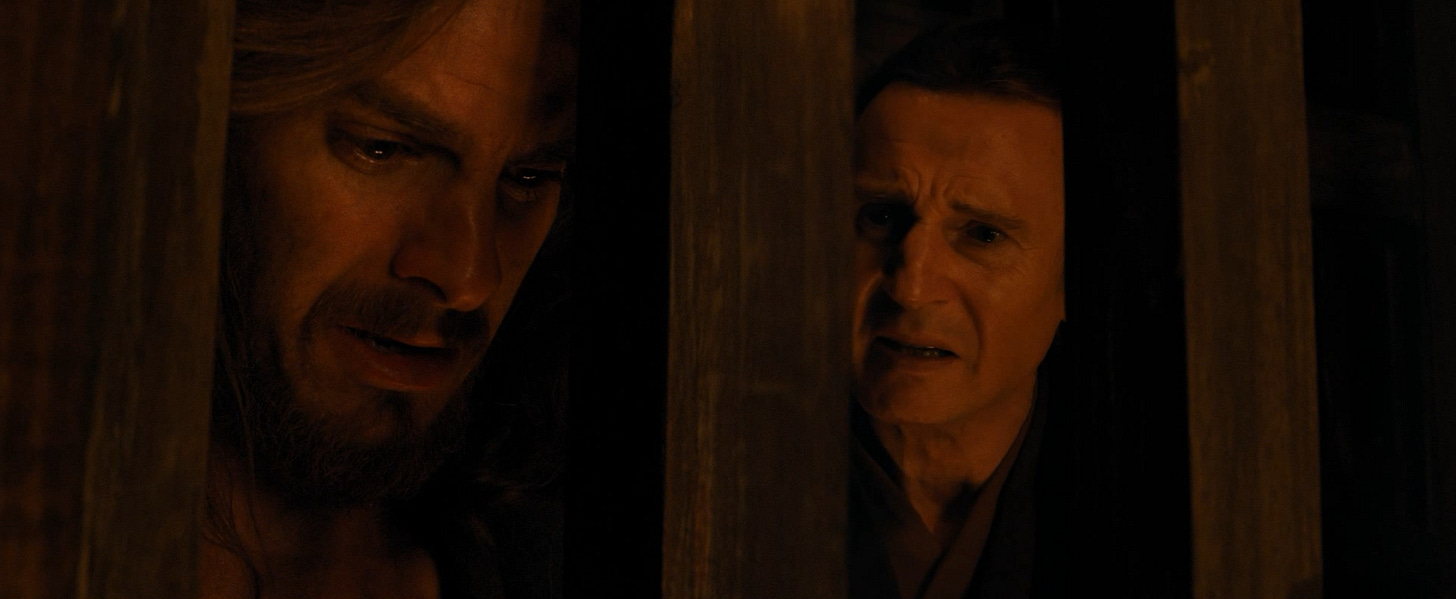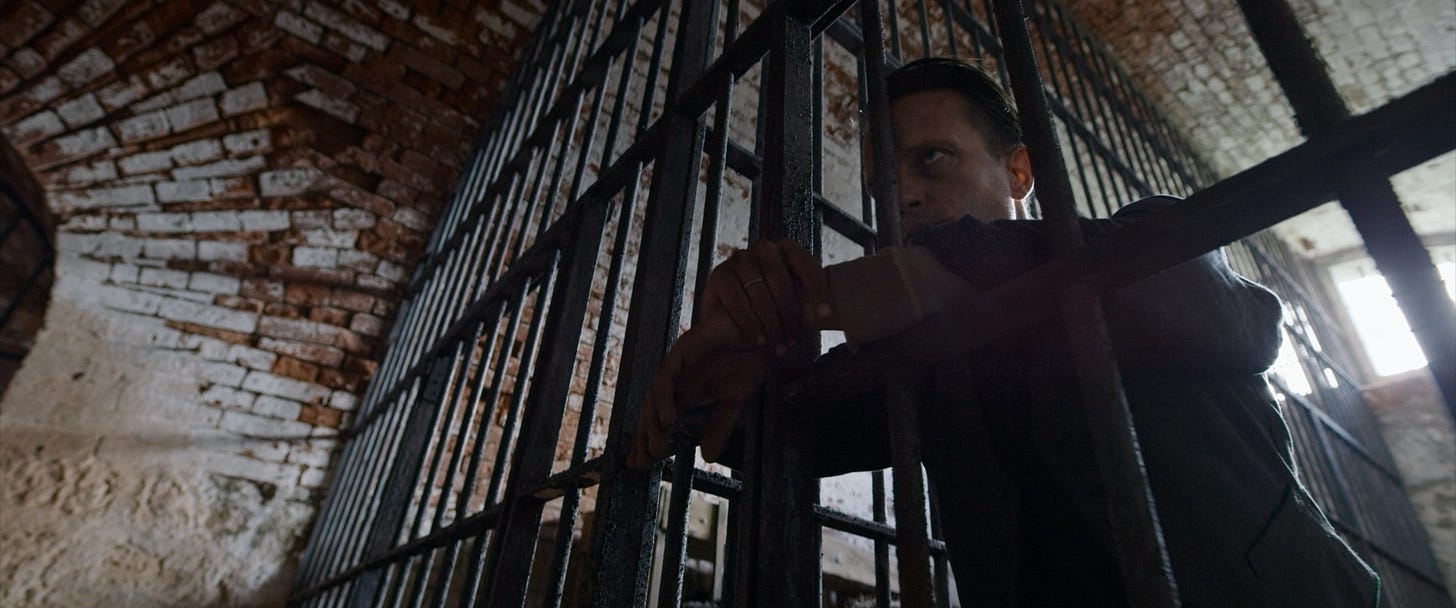Malick's Letter to Scorsese
How Silence and A Hidden Life are in conversation.
In my latest video I examine the religious themes that have defined the overarching perspective of Martin Scorsese’s diverse body of work. Scorsese’s Silence is probably the most explicit and direct examination of those themes. In the video I talk about how the film (and many of Scorsese’s other films) leave us with the question: “What can be forgiven?”
For one of Scorsese’s peers, filmmaker Terrence Malick, that question begs another. Here’s an excerpt from a letter Malick wrote to Scorsese1 after watching Silence:
“One comes away wondering what our task in life is. What is it that Christ asks of us? And what new shapes will He assume in these dark times, like those of old? He might appear, as you show, even in those who oppose the faith or betray it, like Judas or Pilot. His love seems to be wider for it.”
It’s not surprising that this question and these themes were forefront on Malick’s mind, since in 2016 when Silence was released, production on Malick’s own cinematic examination of this question, A Hidden Life, was beginning.
I’ve talked about A Hidden Life and some of its own religious themes in this newsletter before, examining how the film is in conversation with Bergman’s The Seventh Seal. But A Hidden Life is also in conversation with Silence. Each film offers a different (but I don’t think opposing) examination of the question: “What is it that Christ asks of us?”
Central to both of these films is a tension between a moral conviction, and a more utilitarian approach to ethics.
In Silence we’re presented with a scenario in which a priest can save the lives of people by denouncing Christ and apostatizing. Rodriguez can fulfil an immediate utilitarian goal of saving lives, but to do so he would have to violate the moral convictions of his faith.
In A Hidden Life we’re given a scenario where Franz’ actions seem to have little immediate utilitarian value. If he sticks to his moral convictions, he can hardly slow the progress of war himself, and his wife and children will be left without a father.
This is a pretty simplistic summary of the moral quandaries presented in both films, but my broader point is that they both examine two sides of the same coin. Both are stories that look at martyrdom, and if it holds any justifiable value spiritually or ethically. Both films identify their protagonist with the figure of Christ.
I don’t think one film has the “right” answer here, but if you want to examine this question for yourself, this is the double feature for you. (Good luck though, as these are also two of the most emotionally harrowing films I’ve ever seen).
If you enjoyed my video on Scorsese and religion, I made a bonus video for my $5 and up patrons this month that goes deeper into the weeds with Silence specifically, looking at some of the things I didn’t have the time or space to get into in the main video. You can watch it here by becoming a patron, which helps support my work.
Recommendation:
Please enjoy these two absolutely stunning frames from Tarkovsky’s Mirror, which was recently re-released in the Criterion Collection.
It’s a visually rich, haunting, impenetrable masterpiece. I highly recommend it.
Thanks for reading and watching everyone. I wish you all the best.
-TF







Love both of these movies and the way it portrays how Christian faith is lived out in dilemmas. Where A Hidden Life makes me think of Bonhoeffer, another person with strong Christian convictions, it always strikes me how beautifully Silence explores the idea of how difficult it is for many Christians to accept that their sins, according to Christian theology, is wholly laid on Christ.